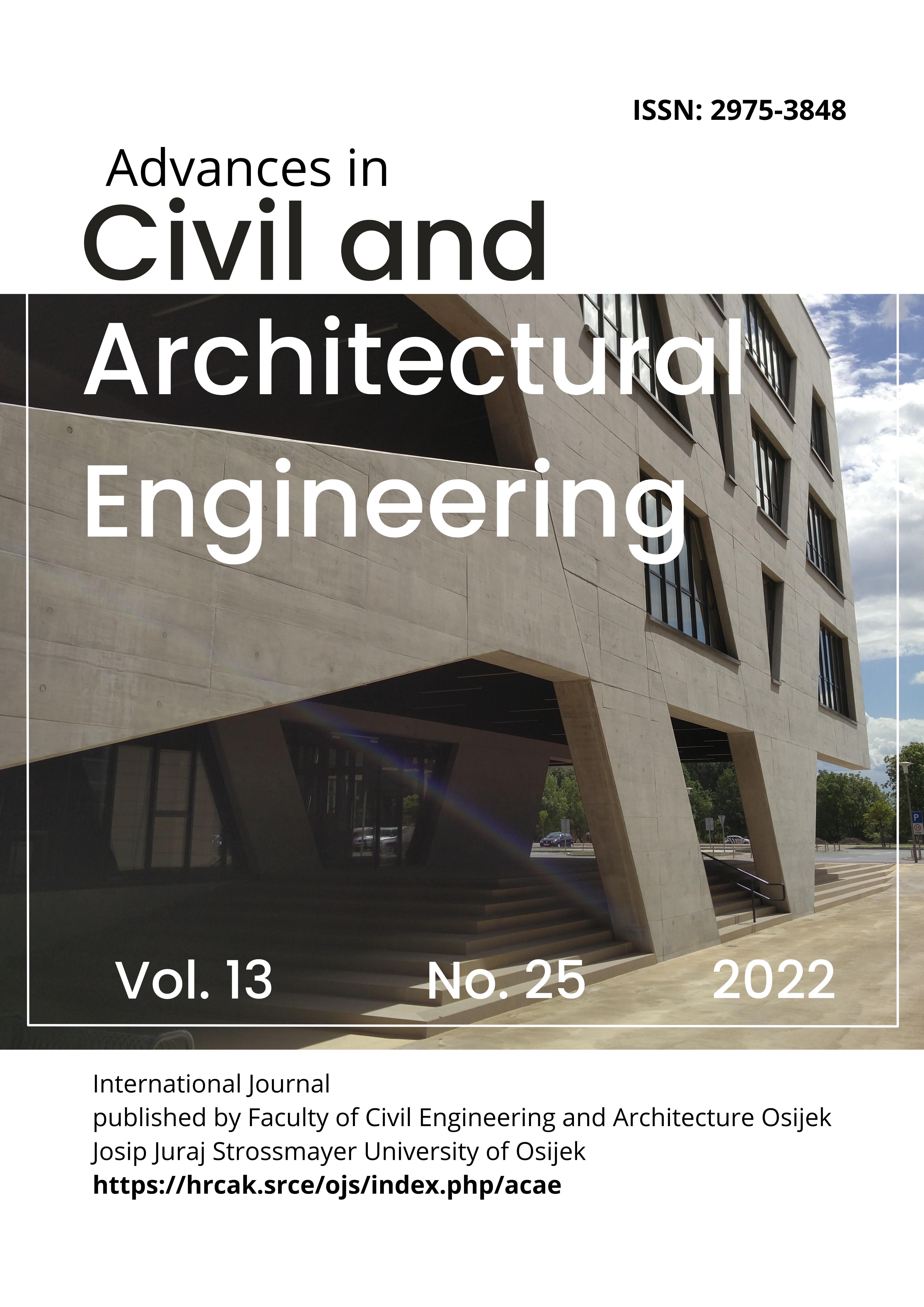APPLICATION OF RESCALED ADJUSTED PARTIAL SUMS (RAPS) METHOD IN HYDROLOGY – AN OVERVIEW
Keywords:
analysis; hydrology; RAPS; sub-periods; time seriesAbstract
To describe the behaviour of watercourses, numerous parameters should be considered, such as water flow, depth/water level, velocity, and the amount of deposit in a waterbed. In addition, many other parameters should be analysed to understand the mechanism of specific watercourses. The most typical parameters are those associated with water quality, such as water temperature, and pH value, and temperature, as well as various climate parameters, such as precipitation, evaporation, and insolation, which are visualised in the form of a time series. The measurement frequency can differ for each parameter. Depending on the number of available measurements, hourly, daily, monthly, and yearly data can be obtained, which can then be used to form a time series. Many well-established and applicable procedures and models for time-series analyses exist, including the rescaled adjusted partial sums method (RAPS). This method is devised to detect possible irregularities and/or fluctuations within the original time series, which cannot be achieved using typical time[1]series analysis methods. This paper presents a comprehensive review of the application of the RAPS method in hydrology, where the advantages and disadvantages of the method are discussed.
Downloads
Published
How to Cite
Issue
Section
License
Copyright (c) 2022 Bojan Đurin; Nikola Kranjčić, Shruti Kanga, Suraj Kumar Singh, Nikola Sakač, Quoc Bao Pham, Julian Hunt, Dragana Dogančić, Fabio Di Nunno

This work is licensed under a Creative Commons Attribution 4.0 International License.

